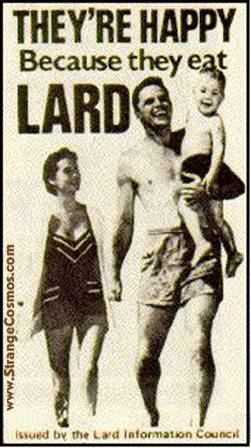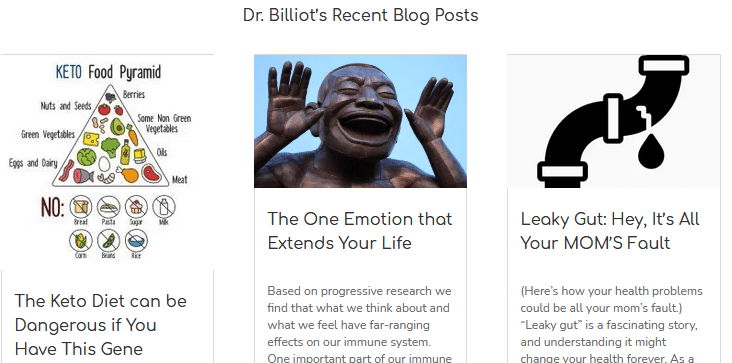Eat Your Fat To Lose Your Fat
Eat Your Fat To Lose Your Fat!
I want to get people to eat more fat! Well, just the healthy fats–not the bad ones. Let’s face it, some of us have been trying to follow a low-fat, high carbohydrate diet and are disappointed because it is not working. we are actually gaining more weight and making ourselves unhealthy. The best diet recommendation is to eat the right ratio of fat, protein and carbohydrates. I’m going to start this series of posts talking about fat. I’ll cover carbohydrates and proteins in later posts.
Before You Can Lose Weight Your Body Needs to Be Balanced
There are many factors that contribute to weight gain. So before I talk about fats, I want to tell you something that you may not know. If you have hormone levels that are not in balance or have some major stress on your organs and systems (could be from food or environmental allergies, for example) then no amount of “dieting” is going to make you lose weight. You need to get those issues under control first. There are some simple, painless, noninvasive tests that will determine if you have hormone imbalances or other stresses on your organs and systems. See Fixing Your Hormones.
Now let’s talk about fat…

Here are some guidelines on fat. In future posts I’ll get deeper into the different types of fats and why some are good and why others are bad for you:
- You must eat fat to be healthy. Healthy fats are found in nature, in their closest to natural, whole form:
- Nuts and seeds
- Avocados
- Olives
- Seaweed
- Dark leafy greens
- Corn
- Grains, wheat, rice, barley
- Legumes
- Animal products
- Dairy products
- Coconuts
- Low-fat, high carbohydrate diets will actually make you unhealthy and fatter.
- Avoid all types of fat substitutes. Eat BUTTER, not some non-food formula yellow goo. Natural IS healthy, others are not. Non-organic dairy of any kind can be scary, so spring for that extra dollar per pound to get organic butter, or find bulk Amish butter (often less expensive than grocery store butter).
- Avoid bad oils. This takes in pretty much anything you’ll find on the grocery store shelf. You can use the “bad oil” test: does it have an odor? Does it have a distinctive flavor? If NO, it’s bad. Grocery store oils start out rancid and are then cooked at 400+ degrees until they are clear and have no odor or flavor. Yummy.
- In general, avoid oils that are packaged in clear containers. Light breaks down oils, however if the oil has been high-temperature treated (as above) then it doesn’t matter about the light.
- Avoid foods cooked in high-temperature “mystery oil” at restaurants. If it’s pan-fried in olive oil, that might be great, but shun the deep fryer.
- Eat a good balance of all fats: Saturated Fat, Mono Unsaturated Fat and Poly Unsaturated Fat. Most people eat way too much Omega 6 fats and not enough Omega 3 fats, at a 20:1 ratio instead of a healthy 2:1 ratio. So change your ratios, especially if you have problems with inflammation. You can up your Omega 3 intake by eating:
- Cold water, wild caught fish (such as salmon, mackerel, herring)
- Flax seeds (Read more about how to use flax seed and get great recipe ideas)
- Also you can ask your health care professional about what supplements can help balance your Omega 6 and Omega 3 oils, such as Standard Process Tuna Omega Oil and Calamari Oil. Sold by your natural health practitioner.
- Saturated fat is NOT bad for you. The best saturated fat you can eat is cold pressed, unprocessed, unfiltered coconut oil.
- Limit damaged fats such as those made with vegetable oils: corn, soy, safflower and canola.
- Olive oil is a great oil, but don’t use it in high heat cooking.
- Watch out for trans fats in processed foods. Don’t just go by the nutrition label, also check the ingredients list. If you see the words “partially hydrogenated” put that food back on the shelf! No matter what the packaging says it will contain trans fats. Some common sources of partially hydrogenated foods are:
- Fast foods
- Doughnuts
- Processed foods with partially hydrogenated oils
- Don’t ever cook with Flax seed oil. This oil is so unstable that any heat will damage it and you will lose all its health benefits.
Coming Up…
Next time, I’m going to talk more about the different types of fats and when you should eat them and when you should avoid them. So stay tuned!
Definitions
- Saturated Fat: A fat that contains only saturated fatty acids, is solid at room temperature, found in animal products, cocoa butter, coconuts, palm kernel and avocados.
- Mono Unsaturated: A fat found in high concentrations in safflower, canola, olive and peanuts.
- Poly Unsaturated: a fat found in high concentrations in Flax seed, sunflower seed and sesame seed.
- Omega 6: a polyunsaturated fat that our bodies need to function. We get plenty of Omega 6 in our diet, most people eat too much of this fat which tends to increase inflammation in the body. Oils such as soy, corn grape seed, canola, cottonseed and any mayonnaise and salad dressing made with these oils are high in Omega 6 fats. Also walnuts, sunflower seeds and pine nut are high in Omega 6
- Omega 3: a polyunsaturated fat that our bodies need to function. Most people do not get enough Omega 3 in our diet. Good sources of Omega 3 includes, grass fed animal meets and products, cold-water fish such as salmon, sardines, herring and mackerel, seafood such as oysters and scallops, flax seed and flax seed oil.
- Partially hydrogenated: A liquid oil that has been put through a process to make it semi-solid. This process introduces trans fats into the oil.
- Trans fat: a very bad fat. Ingesting this fat will lower your good cholesterol and increase your bad cholesterol, which can lead to heart disease.
Blog Subscription
Get Great Information about your Health
- Weekly blog posts with vital tips and warnings
- Interesting “pass it along” health facts
- Cutting edge natural healing techniques and advice

